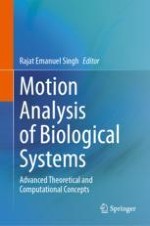2024 | OriginalPaper | Buchkapitel
5. Hill-Type Model
verfasst von : Rajat Emanuel Singh, Gannon White, Kamran Iqbal
Erschienen in: Motion Analysis of Biological Systems
Aktivieren Sie unsere intelligente Suche, um passende Fachinhalte oder Patente zu finden.
Wählen Sie Textabschnitte aus um mit Künstlicher Intelligenz passenden Patente zu finden. powered by
Markieren Sie Textabschnitte, um KI-gestützt weitere passende Inhalte zu finden. powered by
